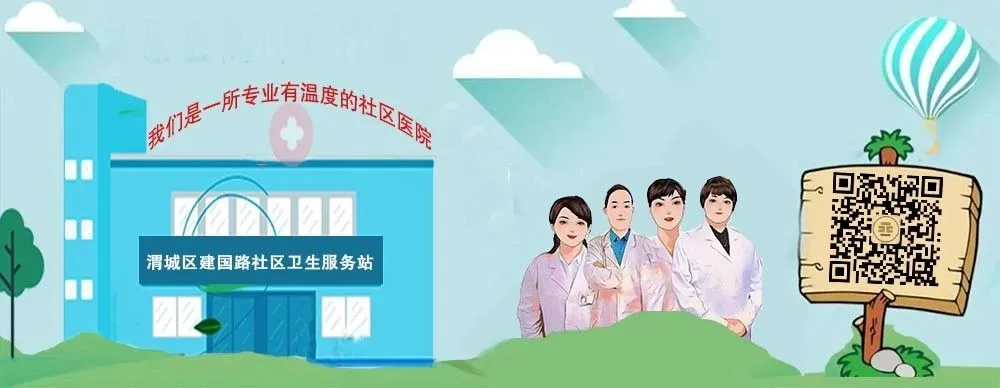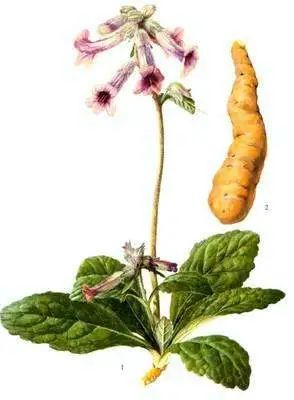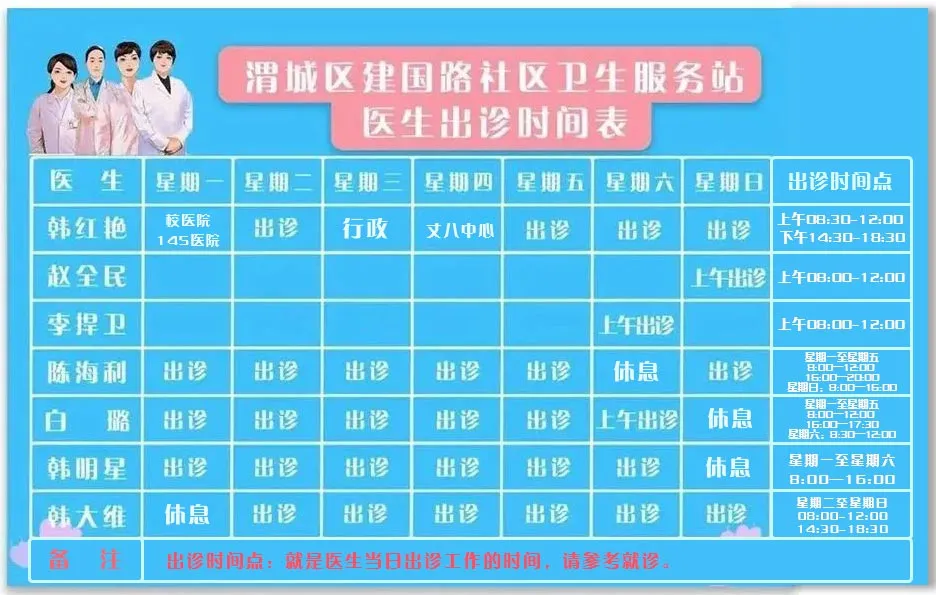
Introduction
Traditional Chinese Medicine (TCM) believes that a strong zhengqi (正气, vital energy) is a hallmark of human health. The mechanism of disease occurrence is summarized as the struggle between zheng (正, righteous) and xie (邪, evil), imbalance of yin (阴) and yang (阳), with both zhengxu (正虚, deficiency of righteous energy) and xiexu (邪实, excess of evil) being pathological states of organ function disorder. Zhengqi deficiency is not only a susceptibility factor for diseases but also the fundamental reason for prolonged illness. TCM posits that deficiency syndromes are based on the material foundation of organ function activities, which include deficiencies in qi (气), xue (血), yin, and yang. The causes include congenital insufficiency and acquired malnutrition (insufficient nutritional supply during life, improper postpartum care, failure to restore zhengqi, overexertion, and excessive sexual activity leading to bodily depletion). Treatment involves dietary adjustments, emotional regulation, and methods to restore zhengqi in accordance with nature, alongside the selection of tonifying herbs that nourish deficiencies, support zhengqi, and improve the body’s weak state.
Let us learn about the functions and applications of tonifying herbs.
Representative Tonifying Herbs
Tonifying Herbs
Classification
Tonifying herbs are classified into four categories based on their functions: tonifying qi, tonifying xue, tonifying yin, and tonifying yang. They can also be categorized according to their corresponding organs into five types: tonifying the heart, liver, spleen, lungs, and kidneys. However, the deficiencies of the five organs are closely related to qi, xue, yin, and yang, so the current classification of tonifying herbs is primarily based on the four categories of tonifying qi, tonifying xue, tonifying yin, and tonifying yang without deviating from the organ correspondence.
Tonifying qi Herbs
Ren Shen (Ginseng), Dang Shen (Codonopsis), Huang Qi (Astragalus), Bai Zhu (White Atractylodes), Huang Jing (Polygonatum), Shan Yao (Chinese Yam), Wu Wei Zi (Schisandra), Gan Cao (Licorice)
Tonifying xue Herbs
Shu Di Huang (Cooked Rehmannia), Dang Gui (Angelica), Bai Shao (White Peony), Long Yan (Longan), Sang Shen (Mulberry), E Jiao (Donkey-hide Gelatin)
Tonifying yin Herbs
Sha Shen (Adenophora), Mai Dong (Ophiopogon), Bai He (Lily Bulb), Yu Zhu (Polygonatum), Shi Hu (Dendrobium), Nu Zhen Zi (Ligustrum), Gou Qi Zi (Goji Berry), Hei Zhi Ma (Black Sesame), Gui Ban (Tortoise Shell), Bie Jia (Soft-shelled Turtle)
Tonifying yang Herbs
Lu Jiao Shuang (Deer Antler Velvet), Lu Jiao Jiao (Deer Horn Glue), Yin Yang Huo (Epimedium), Ba Jiao Tian (Morinda), Xian Mao (Curculigo), Rou Cong Rong (Cistanche)
Shu Di Huang (Cooked Rehmannia)
 [Properties]: Sweet, slightly warm; enters the liver and kidney meridians.
[Properties]: Sweet, slightly warm; enters the liver and kidney meridians.
[Functions]: Tonifies xue and nourishes yin, benefits essence and fills marrow.
[Applications]
• 1. Blood deficiency leading to pale complexion, palpitations, irregular menstruation, and excessive bleeding. This herb is sweet and warm, nourishing yin and benefiting essence to generate blood, making it a key herb for treating blood deficiency syndromes. It is commonly used with Dang Gui, Bai Shao, and Chuan Xiong in formulas like Si Wu Tang (四物汤, Four Substance Decoction); for blood deficiency with palpitations, it can be combined with Yuan Zhi and Suan Zao Ren for calming the spirit; for blood deficiency with excessive bleeding, it can be paired with E Jiao and Ai Ye for nourishing blood and stopping bleeding, as in Jiao Ai Tang (胶艾汤, Gelatin and Mugwort Decoction); for both qi and xue deficiency, it is often used with Ren Shen and Dang Gui in formulas like Ba Zhen Tang (八珍汤, Eight Treasure Decoction).
• 2. Liver and kidney yin deficiency, with soreness in the lower back and knees, tidal fever, night sweats, and seminal emission. This herb is essential for treating liver and kidney yin deficiency. Ancient texts describe it as a “great tonic for the yin of the five organs” and “greatly replenishing true water.” It can nourish the liver and kidneys, and its sweet and moist flavor is effective for treating symptoms like lower back soreness, seminal emission, night sweats, tinnitus, and hearing loss, often combined with Shan Zhu Yu and Shan Yao in formulas like Liu Wei Di Huang Wan (六味地黄丸, Six Flavor Rehmannia Pill); for liver and kidney yin deficiency with internal heat, it can be used with Zhi Mu, Huang Bai, and Shan Zhu Yu in formulas like Zhi Bai Di Huang Wan (知柏地黄丸, Anemarrhena and Phellodendron Pill).• 3. Insufficiency of liver and kidney, with deficiency of essence and blood, dizziness, tinnitus, and premature graying of hair. This herb has the effect of nourishing the liver and kidneys, benefiting essence, and filling marrow. It is used for treating blood deficiency and premature graying of hair, often combined with He Shou Wu, Niu Xi, and Tu Si Zi in formulas like Qi Bao Mei Ran Dan (七宝美髯丹, Seven Treasures for Beautiful Beard Pill); for symptoms of five delays and five soft conditions due to liver and kidney insufficiency, it can be used with Gui Ban, Suo Yang, and Gou Ji for strengthening the bones.[Distinguishing Usage Fresh Rehmannia, Raw Rehmannia, and Cooked Rehmannia all nourish yin and generate fluids, treating symptoms of yin deficiency and fluid loss. The differences are: Fresh Rehmannia is sweet and bitter, very cold, with a weaker nourishing power but less greasy, excelling in clearing heat and cooling blood, generating fluids and quenching thirst, often used for treating blood heat and yin deficiency with strong heat; Raw Rehmannia is sweet and cold, with a slightly weaker cooling power than Fresh Rehmannia but stronger in nourishing yin and generating fluids, also less greasy, excelling in treating heat entering the blood and yin deficiency with fever; Cooked Rehmannia is sweet and slightly warm, very nourishing and greasy, entering the liver and kidneys, specifically tonifying blood and nourishing yin, filling essence and marrow, excelling in treating blood deficiency and liver-kidney insufficiency.
Shu Di Huang Nourishing Combinations
• 1. Regulating qi and xue: Shu Di Huang + Long Yan + Huang QiIngredients: Prepare 5g of Shu Di Huang, 8g of Long Yan, and 8g of Huang Qi.Method: Place the ingredients in a pot, optionally add pigeon or black chicken, and cook for 30-45 minutes.Function: Can regulate qi and xue, improving anemia symptoms.
• 2. Nourishing kidneys and benefiting qi: Shu Di Huang + Rou Gui + Shan Yao
Ingredients: Prepare 10g of Shu Di Huang, 5g of Rou Gui, 10g of Shan Yao, and one piece of pork rib.Method: Place the ingredients in a health pot, add an appropriate amount of water, and cook for about 40 minutes.Function: Can nourish kidneys and benefit qi, improving kidney deficiency symptoms.
• 3. Warming meridians and unblocking vessels: Shu Di Huang + Ji Xue Teng + Gui Zhi
Ingredients: Prepare 10g of Shu Di Huang, 5g of Ji Xue Teng, 10g of Gui Zhi, and one piece of pork rib.Method: Place the ingredients in a health pot, add an appropriate amount of water, and cook for about 45 minutes.Function: This combination can warm the meridians and unblock vessels, improving symptoms of cold limbs.
•4. Nourishing hair and preventing hair loss: Shu Di Huang + Hei Dou + Gou Qi
Ingredients: Prepare 10g of Shu Di Huang, 8g of Hei Dou, and an appropriate amount of Gou Qi.Method: Soak the black beans for 30 minutes, place the ingredients in a pot, add water, and cook for about 20 minutes.
Function: Can nourish hair and prevent hair loss, improving symptoms of thinning hair.
The above are nourishing combinations with Shu Di Huang, which can be selected according to individual needs. However, when using herbal materials, it is essential to pay attention to dosage and method to avoid unnecessary side effects.TCM is characterized by individualized and comprehensive treatment, often used to regulate health, protect the immune system, and improve disease symptoms. This is just a part of TCM culture, which is a profound and complex field, with more knowledge and information worth exploring and learning.


Chen Haili
Attending Physician
Doctor’s Profile
Attending physician with a bachelor’s degree, over 20 years of clinical experience, previously worked at Xianyang Central Hospital, studied Western medicine at Shaanxi University of Traditional Chinese Medicine, and trained at Baoji Traditional Chinese Medicine Hospital, applying basic TCM theories and differential diagnosis for common and frequently occurring diseases with unique effects in TCM acupoint application.
Specializes in treating
[Respiratory Diseases]: Common cold, fever, pharyngitis, tonsillitis, acute bronchitis, asthma, herpetic pharyngitis.
[Digestive System]: Acute gastroenteritis, gastric spasm, constipation, diarrhea.
[Others]: Cervical spondylosis, lumbar pain, dysmenorrhea, burns, folliculitis, herpes zoster, etc.
Has sufficient clinical experience in diagnosing and preventing common cardiovascular diseases.
Consultation Hours
Monday to Friday: 8:00—12:00 16:00—20:00
Sunday:8:00—16:00
Saturday: Closed

Consultation Phone:15309101118
Address:2 Minsheng East Road, Weicheng District, Xianyang City
Transportation Routes:
1. Take bus routes 38, 5, or 68 to Minsheng East Road bus stop.
2. Take bus route 1080 to Minsheng East Road intersection bus stop.

